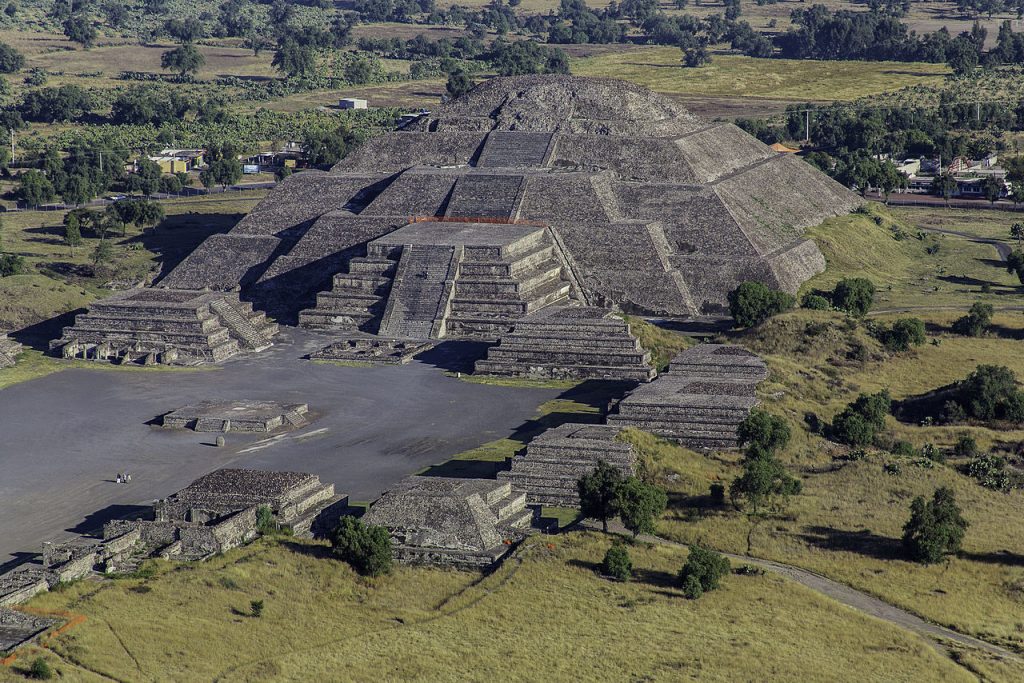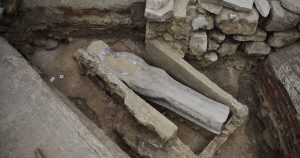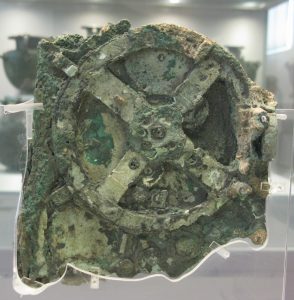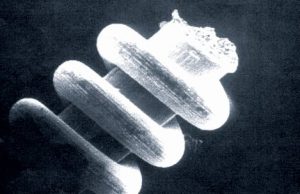
Teotihuacán (Mexico) Huge pyramids and big wide squares, Teotihuacán near Mexico City was one of the greatest cities of its time, until the residents suddenly disappeared. The city is considered to be the mother of the pre-Columbian cultures of Central America. Around 1350 when the Aztecs built their own metropolis around 50 kilometers further south, they interpreted the gigantic ruins as “a place where people become gods”. We don’t know much more about the huge city yet, neither who the founders of Teotihuacán were, nor what language they spoke. It is also unclear why they left their city around 650 after centuries of growth. What is certain is that Teotihuacán was one of the largest cities in the world in its time with a population of about 200,000 people.
A new find now sheds a bright light on the relationship between Teotihuacán and the Maya, whose cities were around 1,000 kilometers further south, on the Yucatan peninsula and in Guatemala. International archaeologists have discovered more than 2,400 fragments of human bones in the ruins of Teotihuacán. In the so-called Place of the Pillars, more than 2,400 fragments of human bones came to light. As reported by the National Institute for Anthropology and History (INAH) of Mexico, at least three of the skulls found show deformities and mutilations of the teeth. The scientists also found remains of murals and representations on Mayan-style ceramics. The discoveries are an indication that the Mayan elite participated in large public events in the square. The works of art are dated between 300-350 AD. This means that close ties between Teotihuacán and the Maya would be proven well before 378. This year Mayan records tell of the arrival of an emissary from Teotihuacán in the metropolis of Tikal in the rainforest of northern Guatemala.
Since Teotihuacán’s influence also increased significantly in other Maya cities at the end of the 4th century, it was assumed that the northern great power would expand. However, the new finds show, that intensive contacts between the two civilizations existed for several decades, possibly up to two generations earlier. Numerous potsherds in the style of Teotihuacán were found together with Mayan ceramics. The archaeologists interpreted this as the remains of a large banquet in which members of the elite discussed political or diplomatic issues. Remnants of bones suggest a feast with rabbits and quail. Traces of cassava and tobacco that were grown much further south point to gifts from the Maya region.
Apparently the pottery was ritually destroyed at the end of the feast. Objects made of obsidian, a volcanic glass that was used as a blade, as well as the shells of sea snails that were used for jewelry processing, point in this context to a high-ranking event of extraordinary importance. Further research might tell whether the members of the Mayan elite, were sacrificed there to seal an alliance or a submission. At least for the Maya, it was customary to sacrifice high-ranking prisoners to the gods in order to maintain the gods sympathy.
The importance of Teotihuacán’s expansion into the Maya area became apparent when the metropolis withdrew to its heartland in the first half of the 6th century for reasons that are as of now still unexplained. This hiatus, as the following decades-long crisis is called, is explained by the loss of important long-distance trade routes through which the elites gained luxury goods, pearls, bowls or feathers for their representation and also important know-how may have been lost. In 650, just a few decades later, the residents of Teotihuacán apparently destroyed their temples and vanished as well.






